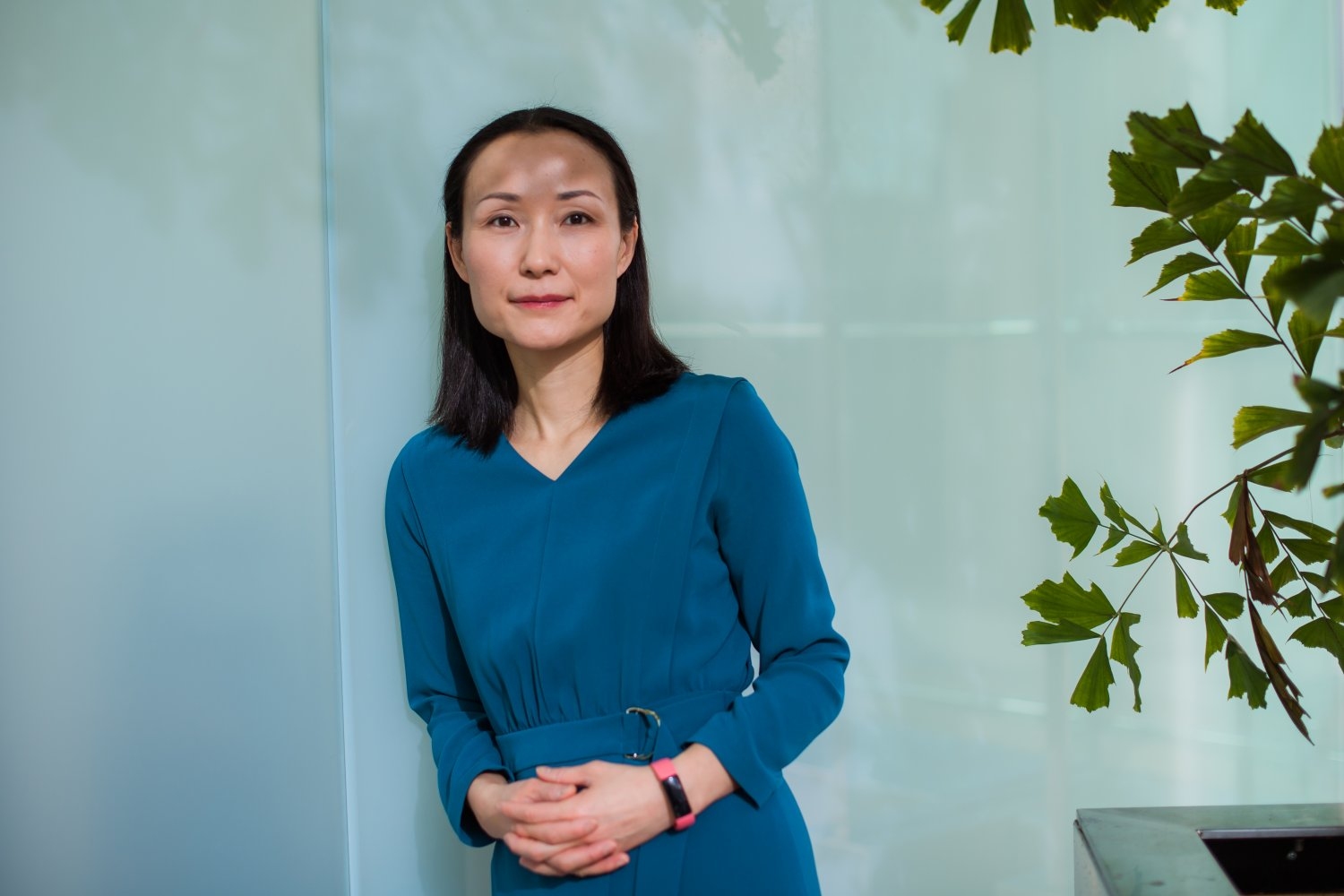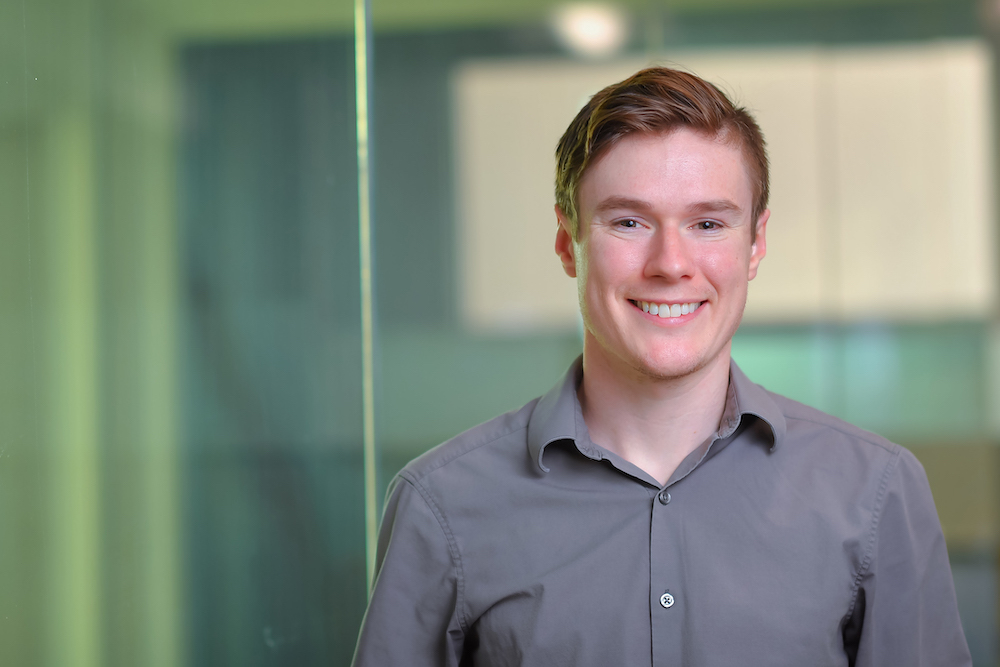Helping the cause of environmental resilience

Haruko Wainwright, the Norman C. Rasmussen Career Development Professor in Nuclear Science and Engineering (NSE) and assistant professor in civil and environmental engineering at MIT, grew up in rural Japan, where many nuclear facilities are located. She remembers worrying about the facilities as a child. Wainwright was only 6 at the time of the Chernobyl accident in 1986, but still recollects it vividly.
Those early memories have contributed to Wainwright’s determination to research how technologies can mold environmental resilience — the capability of mitigating the consequences of accidents and recovering from contamination.
Wainwright believes that environmental monitoring can help improve resilience. She co-leads the U.S. Department of Energy (DOE)’s Advanced Long-term Environmental Monitoring Systems (ALTEMIS) project, which integrates technologies such as in situ sensors, geophysics, remote sensing, simulations, and artificial intelligence to establish new paradigms for monitoring. The project focuses on soil and groundwater contamination at more than 100 U.S. sites that were used for nuclear weapons production.
As part of this research, which was featured last year in Environmental Science & Technology Journal, Wainwright is working on a machine learning framework for improving environmental monitoring strategies. She hopes the ALTEMIS project will enable the rapid detection of anomalies while ensuring the stability of residual contamination and waste disposal facilities.
Childhood in rural Japan
Even as a child, Wainwright was interested in physics, history, and a variety of other subjects.
But growing up in a rural area was not ideal for someone interested in STEM. There were no engineers or scientists in the community and no science museums, either. “It was not so cool to be interested in science, and I never talked about my interest with anyone,” Wainwright recalls.
Television and books were the only door to the world of science. “I did not study English until middle school and I had never been on a plane until college. I sometimes find it miraculous that I am now working in the U.S. and teaching at MIT,” she says.
As she grew a little older, Wainwright heard a lot of discussions about nuclear facilities in the region and many stories about Hiroshima and Nagasaki.
At the same time, giants like Marie Curie inspired her to pursue science. Nuclear physics was particularly fascinating. “At some point during high school, I started wondering ‘what are radiations, what is radioactivity, what is light,’” she recalls. Reading Richard Feynman’s books and trying to understand quantum mechanics made her want to study physics in college.
Pursuing research in the United States
Wainwright pursued an undergraduate degree in engineering physics at Kyoto University. After two research internships in the United States, Wainwright was impressed by the dynamic and fast-paced research environment in the country.
And compared to Japan, there were “more women in science and engineering,” Wainwright says. She enrolled at the University of California at Berkeley in 2005, where she completed her doctorate in nuclear engineering with minors in statistics and civil and environmental engineering.
Before moving to MIT NSE in 2022, Wainwright was a staff scientist in the Earth and Environmental Area at Lawrence Berkeley National Laboratory (LBNL). She worked on a variety of topics, including radioactive contamination, climate science, CO2 sequestration, precision agriculture, and watershed science. Her time at LBNL helped Wainwright build a solid foundation about a variety of environmental sensors and monitoring and simulation methods across different earth science disciplines.
Empowering communities through monitoring
One of the most compelling takeaways from Wainwright’s early research: People trust actual measurements and data as facts, even though they are skeptical about models and predictions. “I talked with many people living in Fukushima prefecture. Many of them have dosimeters and measure radiation levels on their own. They might not trust the government, but they trust their own data and are then convinced that it is safe to live there and to eat local food,” Wainwright says.
She has been impressed that area citizens have gained significant knowledge about radiation and radioactivity through these efforts. “But they are often frustrated that people living far away, in cities like Tokyo, still avoid agricultural products from Fukushima,” Wainwright says.
Wainwright thinks that data derived from environmental monitoring — through proper visualization and communication — can address misconceptions and fake news that often hurt people near contaminated sites.
Wainwright is now interested in how these technologies — tested with real data at contaminated sites — can be proactively used for existing and future nuclear facilities “before contamination happens,” as she explored for Nuclear News. “I don’t think it is a good idea to simply dismiss someone’s concern as irrational. Showing credible data has been much more effective to provide assurance. Or a proper monitoring network would enable us to minimize contamination or support emergency responses when accidents happen,” she says.
Educating communities and students
Part of empowering communities involves improving their ability to process science-based information. “Potentially hazardous facilities always end up in rural regions; minorities’ concerns are often ignored. The problem is that these regions don’t produce so many scientists or policymakers; they don’t have a voice,” Wainwright says, “I am determined to dedicate my time to improve STEM education in rural regions and to increase the voice in these regions.”
In a project funded by DOE, she collaborates with the team of researchers at the University of Alaska — the Alaska Center for Energy and Power and Teaching Through Technology program — aiming to improve STEM education for rural and indigenous communities. “Alaska is an important place for energy transition and environmental justice,” Wainwright says. Micro-nuclear reactors can potentially improve the life of rural communities who bear the brunt of the high cost of fuel and transportation. However, there is a distrust of nuclear technologies, stemming from past nuclear weapon testing. At the same time, Alaska has vast metal mining resources for renewable energy and batteries. And there are concerns about environmental contamination from mining and various sources. The teams’ vision is much broader, she points out. “The focus is on broader environmental monitoring technologies and relevant STEM education, addressing general water and air qualities,” Wainwright says.
The issues also weave into the courses Wainwright teaches at MIT. “I think it is important for engineering students to be aware of environmental justice related to energy waste and mining as well as past contamination events and their recovery,” she says. “It is not OK just to send waste to, or develop mines in, rural regions, which could be a special place for some people. We need to make sure that these developments will not harm the environment and health of local communities.” Wainwright also hopes that this knowledge will ultimately encourage students to think creatively about engineering designs that minimize waste or recycle material.
The last question of the final quiz of one of her recent courses was: Assume that you store high-level radioactive waste in your “backyard.” What technical strategies would make you and your family feel safe? “All students thought about this question seriously and many suggested excellent points, including those addressing environmental monitoring,” Wainwright says, “that made me hopeful about the future.”
Share on Bluesky

